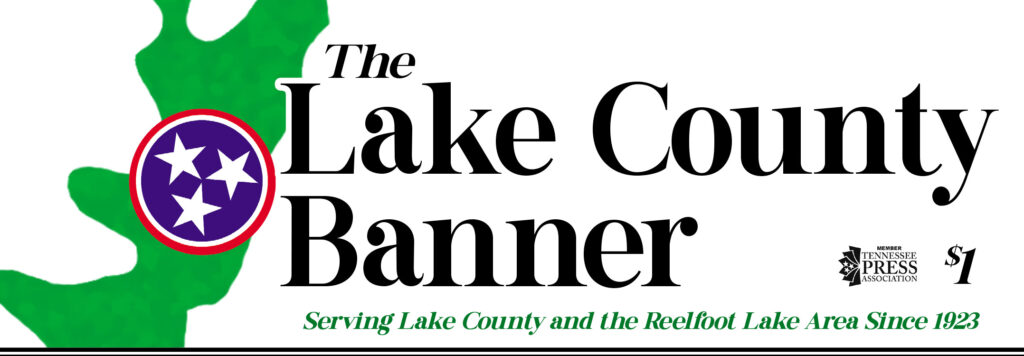Most people drive their trucks every day, but have you ever paused to consider how your vehicle actually works? The suspension system is responsible for keeping your truck driving smooth, even on bumpy surfaces, and allowing you to maintain control of the vehicle. In this article, you’ll learn about the main components of a truck’s suspension system and how they work.
Springs
No matter what kind of truck you drive, its suspension system will contain some sort of spring. Springs absorb the impact of any bumps the truck encounters. There are a few different types of springs with different designs used in truck suspension systems, including coil springs, leaf springs, and torsion bars.
Shock Absorbers
Shock absorbers are the part of the suspension system attached to the springs that are responsible for dampening any movement of the springs. This keeps the body of the truck from jolting when it goes over bumps. A shock absorber is a cylinder filled with oil that contains a piston—to dampen the motion of the spring, the piston moves up and down.
Struts
Struts are sometimes used in place of shocks to dampen the movement of the springs. They’re mounted inside a coil spring and contribute to the structural support of your truck. In contrast to shocks, which control how quickly the truck’s weight is transferred, struts bear the weight of the vehicle.
Rods and Linkages
Rods and linkages are mainly structural parts of your suspension system. They link parts of the suspension system to one another, allowing it to operate properly as a whole.
Bushings, Bearings, Joints, and Arms
The bushings, bearings, joints, and arms of your truck’s suspension system are the parts that allow for movement within the system. Bushings and bearings are points of connection that allow for movement like twisting and sliding without the need for much maintenance. Ball joints are an integral part of the suspension and steering system, as they allow for precise control of your truck. A control arm provides a connection between the wheels and the bushings of the suspension system, allowing the wheels to move up and down in response to bumps. Because they are almost constantly moving, these parts will often need to be replaced over time, and you’ll notice a decreased performance when the time for replacement comes. For example, your car making clunking noises or pulling to one side can be indicative of control arm failure, which is a serious issue.
Knowing the components of a truck’s suspension system will help you better identify any issues with your truck should they arise. Plus, isn’t it nice to know a little bit more about these vehicles that are so integral to everyday life?







